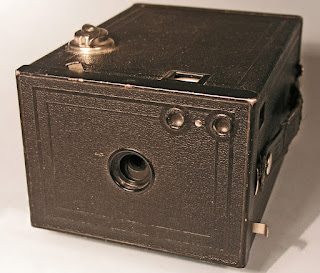Subject: Japanese Navy sunken ships in WWII
In a word - INCREDIBLE!!!
Japanese Navy sunken ships in WWII - Incredible
This map of all sunken Japanese ships during WWII is absolutely mind boggling.
While researching World War II naval strategies we stumbled upon one of the most interesting maps.
Someone took the time to put together a collection of all of Japan's ships that were sunk in the Pacific
during World War II.
As the Japanese kept impeccable records when it came to their wartime production as well as their losses,
this information was readily available After that, it was just about taking the time to put the map together.
You can see it below.
To put things into further perspective Japan lost over half of their ships during World War 2. They built a total of 645 vessels which were split as follows:12 battleships
15 fleet carriers
5 light carriers
5 escort carriers
18 heavy cruisers
25 light cruisers
169 destroyers
180 destroyer escorts
12 sea-going torpedo boats
9 sea-going gunboats
195 submarinesBy the end of the war, however, the Imperial Japanese Navy lost 334 warships.
This came at a cost of 300,386 sailors.
That's almost as many soldiers as the total fatalities the United States suffered during
the entire war and here we're just talking about the Japanese Navy.








 Sadie Hoagland is author of American Grief in Four Stages, a collection of stories that imagines trauma as a space in which language fails us and narrative escapes us. Siân Griffiths, author of The Heart Keeps Faulty Time, spins the familiar on its heels in ten short stories brimming with captivating imagery. Join us for a reading and Q&A.
Sadie Hoagland is author of American Grief in Four Stages, a collection of stories that imagines trauma as a space in which language fails us and narrative escapes us. Siân Griffiths, author of The Heart Keeps Faulty Time, spins the familiar on its heels in ten short stories brimming with captivating imagery. Join us for a reading and Q&A.  Recent headlines about global insect declines, the impending extinction of one million species worldwide, and three billion fewer birds in North America are a bleak reality check about how ineffective our current landscape designs have been at sustaining the plants and animals that sustain us. Join Swaner Preserve and Ecocenter and Doug Tallamy, author of Nature's Best Hope, for a conversation about the simple steps we can take to improve our ecosystems.
Recent headlines about global insect declines, the impending extinction of one million species worldwide, and three billion fewer birds in North America are a bleak reality check about how ineffective our current landscape designs have been at sustaining the plants and animals that sustain us. Join Swaner Preserve and Ecocenter and Doug Tallamy, author of Nature's Best Hope, for a conversation about the simple steps we can take to improve our ecosystems.  A gripping novel set during Mussolini's 1935 invasion of Ethiopia,The Shadow King takes us back to the first real conflict of World War II, casting light on the women soldiers who were left out of the historical record. Join us for a reading and Q&A with Maaza Mengiste.
A gripping novel set during Mussolini's 1935 invasion of Ethiopia,The Shadow King takes us back to the first real conflict of World War II, casting light on the women soldiers who were left out of the historical record. Join us for a reading and Q&A with Maaza Mengiste.  We're delighted to announce a virtual event with Yamile Saied Martinez discussing her new book,
We're delighted to announce a virtual event with Yamile Saied Martinez discussing her new book, 












